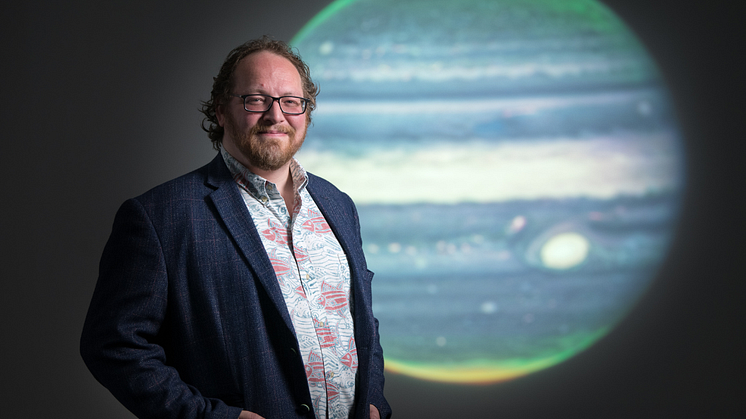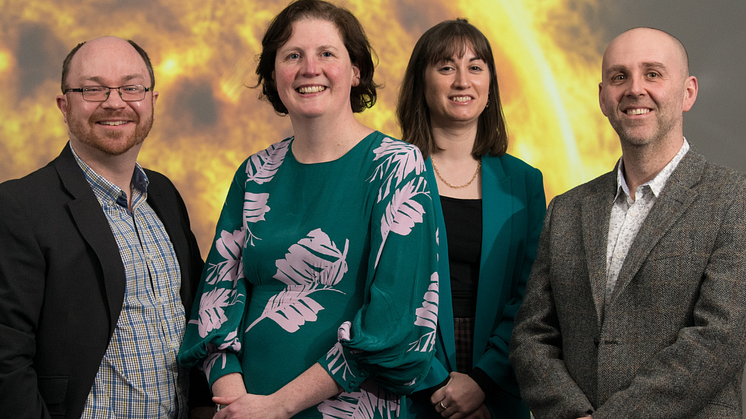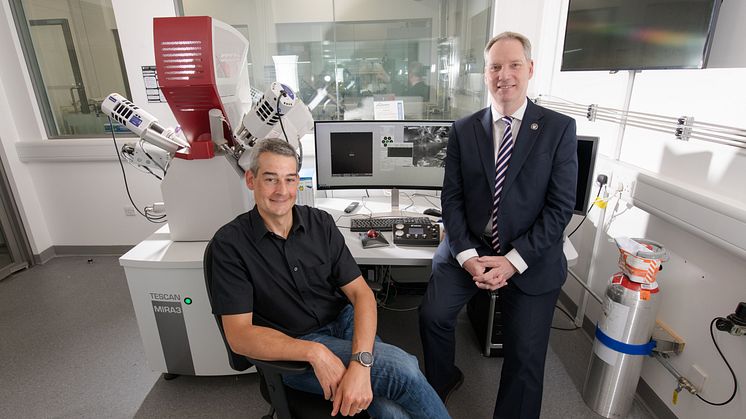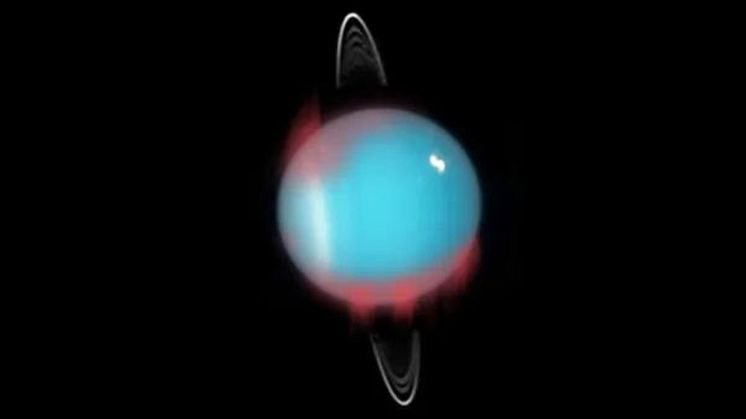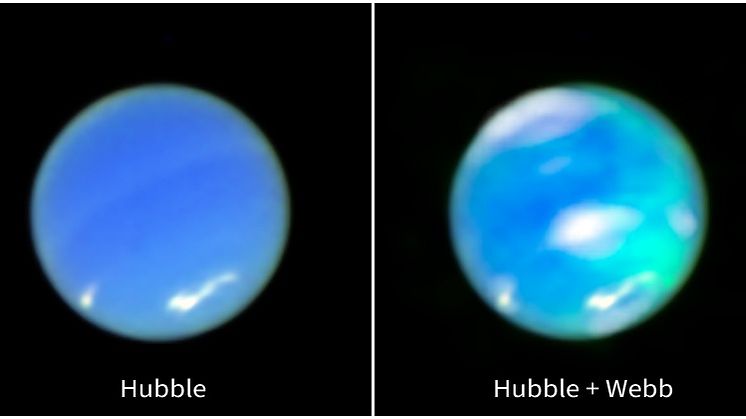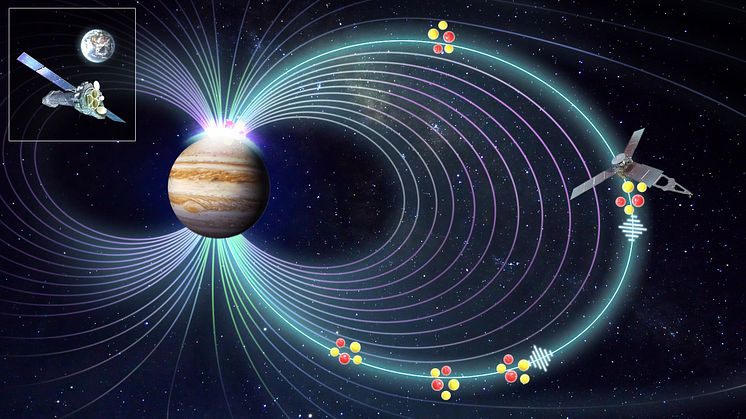
Press release -
Unveiling Jupiter’s upper atmosphere
A North East planetary astronomer has been granted rare access to the world’s largest deep-space telescope, providing him with a unique opportunity to discover more about the largest planet in our solar system – Jupiter.
Launched in December 2021, NASA’s James Webb Space Telescope (JWST) uses infrared radiation to look deep into space, meaning it can observe the first stars and even the formation of the first galaxies.
Now Professor Tom Stallard, of Northumbria University, has been awarded a highly sought after opportunity to use the JWST later this year, allowing him to further his research into Jupiter’s atmosphere.
This is only the second year scientists have been given the chance to request access to the telescope, and with fierce competition from across the world, Professor Stallard’s observation is the only one chosen this year which will focus on a planet within our solar system.
He and his co-investigator Dr Henrik Melin, of the University of Leicester, will use their time to examine Jupiter’s ionosphere – the planet’s upper atmosphere – and how it is impacted by the space environment above it, and Jupiter’s lower atmosphere below.
As Professor Stallard explains: “The ionosphere is a very interesting layer because it is buffeted by massive systems surrounding it – with energy pushed up from below and solar winds and volcanic activity from Jupiter’s moons affecting it from above.
“We have some existing images and data of the bright aurora at Jupiter’s poles, captured through ground-based observation from here on Earth, but data and images of the equatorial region are much harder to achieve.
“Although Jupiter appears very different to Earth there is actually much we can learn about our own planet by studying Jupiter. The processes going on are very similar, but Jupiter’s magnetic field is much stronger, and stranger.
“Time on the James Webb Space Telescope is rare – and time to study planets within our solar system is even rarer, so to be given this opportunity is incredibly exciting.”
Professor Stallard’s access to the JWST will take place on 7 September and has been timed perfectly to coincide with the positioning of the Juno NASA space probe, which orbits Jupiter.
This means he will be able to compare the images taken from the JWST, which is positioned between the Earth and the Sun looking towards Jupiter, with measurements from Juno, positioned behind Jupiter and looking back at Earth.
Professor Stallard added: “The images we are going to get from the James Webb Space Telescope will be profoundly wonderful, I’m sure.
“We’ve already had a taster of what to expect following an early observation by my colleague Dr Melin, which suggests there is science going on within Jupiter’s atmosphere which we simply don’t have any understanding about yet, and there is a lot of excitement within the community of scientists studying upper atmospheres about what the images we get from the telescope will tell us.”
Professor Stallard’s success in being awarded time with the JWST during this latest cycle, helps secure the North East region’s reputation as a hub for space technology research and innovation.
Members of Northumbria University’s Solar and Space Physics research group collaborate extensively with partners including UK Research and Innovation, the UK Space Agency, the European Space Agency, the UK Met Office, and over 40 industrial partners.
And last year global aerospace and security company, Lockheed Martin, announced a collaboration with Northumbria University that includes a £630,000 investment to support the development of skills, research and technology across the region.
Speaking about Professor Stallard’s success, Professor Louise Bracken, Pro Vice-Chancellor (Research and Knowledge Exchange) at Northumbria University commented: “Securing access to the James Webb Space Telescope is a highly competitive process and is a testament to the quality and timeliness of the research that Professor Stallard undertakes.
“This award underlines and builds on the existing work of our Solar and Space Physics researchers at Northumbria University and cements the North East’s reputation as a centre of excellence in this field.”
Prospective students can find out more about this exciting research area on Northumbria University’s Physics with Astrophysics degree course.
Solar and Space Physics is an academic peak of excellence at Northumbria University. Find out more about the work of academics carrying out research in this field.
Topics
Categories
UNIVERSITY OF THE YEAR 2022 (Times Higher Education Awards)
Northumbria is a research-intensive university that unlocks potential for all, changing lives regionally, nationally and internationally. Find out more about us at www.northumbria.ac.uk
--- Please contact media.communications@northumbria.ac.uk with any media enquiries or interview requests ---







